Senna is also recognized by the names Alexandrian Senna and Rajavriksha. Cassia senna is local to tropical Africa, and is cultivated in Egypt and the Sudan; Cassia angustifolia is native to India, and is cultivated particularly in India and Pakistan. Medicinally beneficial a part of the plant are the leaves and the pods. Leaves are pretty effective and can cause cramping and extreme diarrhoea, if given in robust dose,whereas, the pods offer a gentle movement & are frequently advocated to relieve constipation and sell gentle clean stools. Leaves occasionally made into paste and used for various skin diseases like pimples, ringworm and many others. Senna is an effective cathartic used broadly speaking inside the treatment of constipation, operating via a stimulation of intestinal peristalsis.
Capabilities:
- available in specific packages
- excessive medicinal residences
- Used as laxative stimulant and vermifuge
Uses for:
- Herbal Senna Leaves are beneficial in recurring costiveness
- It is used as expectorant, wound cloth wardrobe, antidysenteric, carminative and laxative
- Beneficial in lack of appetite, hepatomegaly, splenomegaly, indigestion, malaria, skin illnesses, jaundice and anaemia. Leaves are made right into a paste and carried out to various pores and skin sicknesses.
Product detail:
- Botanical call: Cassia Angustifolia
- Family call: Caesalpiniaceae
- Commonplace name: herbal Senna, Indian Senna, Tinnevelly Senna, Cassia Senna
- Part Used: Pods, Stems And Leaves
- Habitat: Cultivated in dry lands of southern & western india, and indigenous to arabia
| TYPE | SIZE | SENNOCIDES ( % ) | MOISTURE | |
| LENGTH (CM) | WIDTH (CM) | |||
| P 2 | 3.5 – 3.7 | 1 – 1.2 | 2.2 – 2.4 | 8 – 10 % |
| P 3 | 2.25 – 2.50 | 0.75 – 0.85 | 2.5 – 2.6 | 8 – 10 % |
| P 4 | 1.75 – 2.0 | 0.5 – 0.6 | 2.6 – 2.8 | 8 – 10 % |
| P 5 | 0.2 – 0.4 | 2.8 – 3.0 | 8 – 10 % | |
| PODS | 5 – 5.5 | 1.75 – 2.0 | 4.0 – 5.0 | 810 – 12 % |


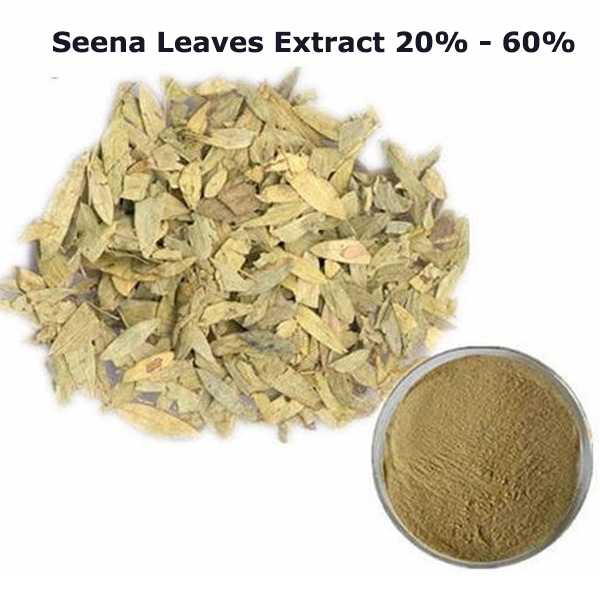

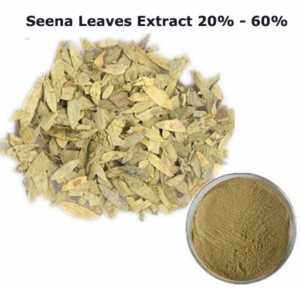
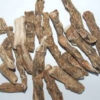




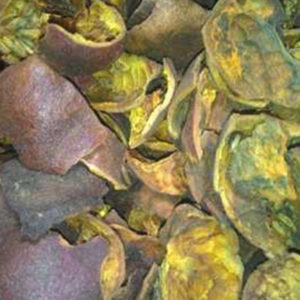
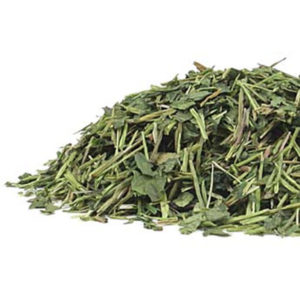


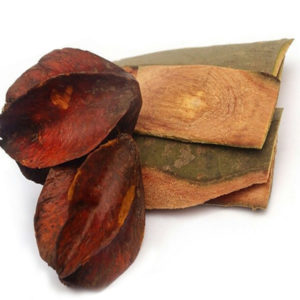

Be the first to review “Seena Leaves”